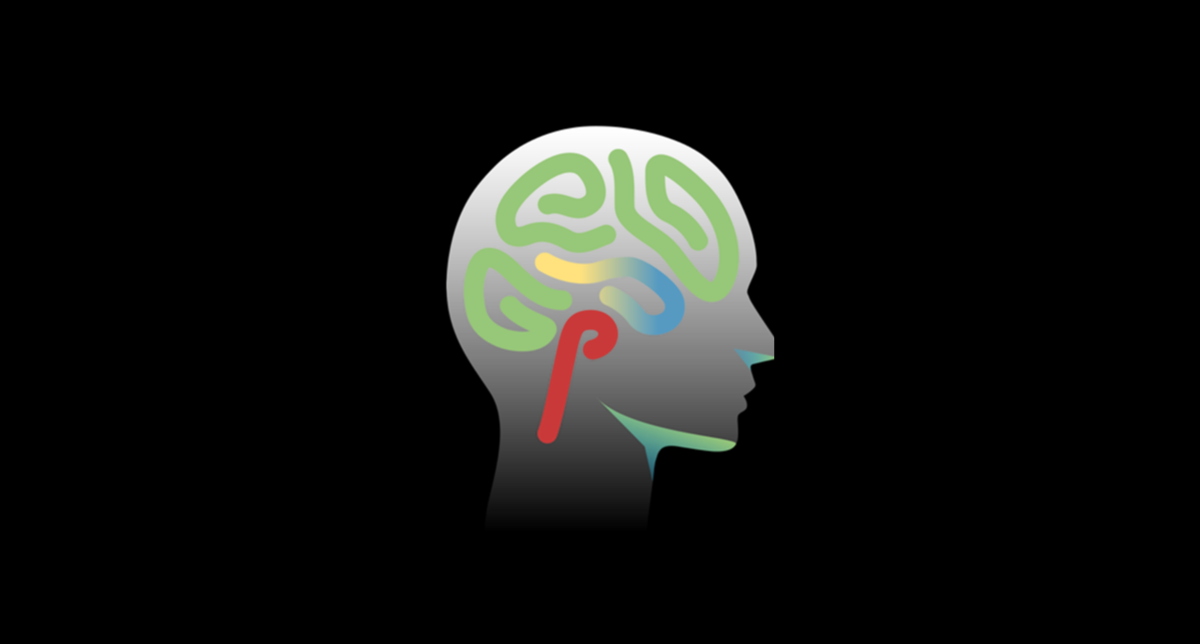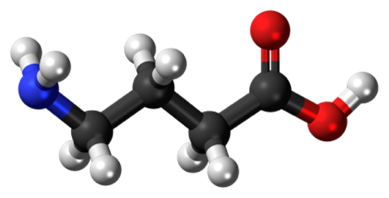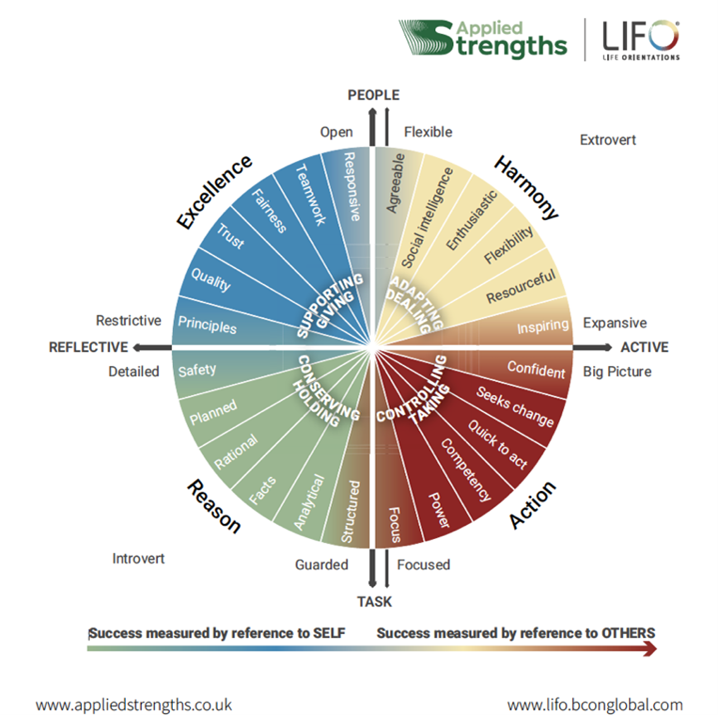In today’s competitive marketplace, understanding the human brain has become a pivotal asset in the art of selling. Modern sales strategies are grounded in the science of how people think, feel, and make decisions. Neuroscience, the study of the nervous system and the brain, has unveiled insights that can transform sales approaches, making them more effective and empathetic. Yet the stereotypical image of the pushy, manipulative salespeople is still with us. I believe that the one true differentiator every business has is its people and how they sell.
Over the past decade, we’ve learnt more about the brain than in all of history combined. This knowledge, when applied to sales, offers a unique opportunity to enhance performance and build stronger, more genuine connections with customers. By leveraging the latest findings in neuroscience, salespeople can move beyond outdated tactics and foster trust, engagement, and ultimately, loyalty.
History of Selling and Psychology
Way back in the 4th Century BC, Aristotle was one of the first to talk about psychology in sales with his work “Rhetoric”. He wrote that three elements are needed to persuade someone: Logos (logic or rational argument), Ethos (credibility or expertise), and Pathos (an appeal to personal emotion). Has anything changed?
The misuse of selling first came to prominence in the 1780s when the phenomenon of “Snake oil selling” first appeared, where people offered snake oil as a cure for all ills. This negative stereotype appeared and has been with us ever since.
Timeline
-
1920s: Ford and IBM pioneered the science of selling and introduced FUD (fear, uncertainty, and doubt) combined with features and benefits selling.
-
1930s: The first appearance of Adaptive Selling with Henry Link, followed by Dale Carnegie’s seminal book “How to Win Friends and Influence People”.
-
1970s: Solution Selling and Miller Heiman’s Strategic Selling introduced a structured approach to complex sales.
-
1984: Robert Cialdini launched his seven principles of influence.
-
1988: SPIN Selling by Neil Rackham.
-
2010: The Challenger Sale.
-
Recent: The Jolt Effect by Matthew Dixon and Ted McKenna, showcasing FOMU (Fear of Messing Up)
All these methodologies are founded in psychology, yet more recent advances in neuroscience are often ignored.
Neuroscience Concepts in Sales
An Ancient Brain in a Modern World
The theory is that humans are rational and make decisions based on probability after considering all the options. Instead, we are just rather clever apes that muddle through. Most decisions are too complex for our brains to compute, so we simplify things. We make unconscious decisions based on memories, experiences, gut instinct, expedience, emotions, and bias. Neuroscientist, Antonio Damasio says, “We are feeling machines that think” rather than the other way round.
Our brain processes over 11 million bits of information per second, but our conscious brain can only handle 40-50 bits per second. The brain simplifies decisions through biases, these are our short-cuts. There are over 180 biases that affect the way we behave but some of them are particularly important in selling. Essentially, our brain makes decisions based on instinctive gut reactions and emotions and rationalises them by creating logic around the decision.
Establishing Rapport and Building Trust – Affinity Bias
“If people like you, they listen to you, but if they trust you, they’ll do business with you” – Zig Ziglar.
We like people like us. So, if we make a connection with someone, they are more likely to buy from us. We have all heard psychologists say people make their minds up about someone in the first 2-3 seconds. This is “affinity bias”. If we match and mirror the behavioural styles of our prospects, we are more likely to connect.
When we mirror the behaviour of others, it creates empathy in your prospect. The brain then takes a short cut, known as cognitive bias, and assumes you have other positive characteristics, called the Halo effect.
Conversely, if you don’t connect, and we’ve all met people we immediately feel uncomfortable with, then it assumes other negative characteristics, again without evidence, known as the Horn effect.
Storytelling in Selling
Telling stories in selling is known as being hugely powerful. Sellers need to tell the event as a story, not a case study. For example:
-
Introduce the characters with real names and describe what they do and their situation
-
Describe the problem they face and the emotions they are experiencing (disappointed, frustrated, angry, fed up). Tug the heart strings if you can.
-
Introduce the “guide” (a seller) who helped them overcome their problem with some help and guidance (your product or solution) and how they did it.
-
Describe the success they felt emotionally and the specific, tangible, and measurable results they achieved.
-
Remind them of the pain they were in to start with, to illustrate the journey to fulfilment.
Too often we wait until later in the sales cycle to use stories. Simon Sinek, in his best-selling book, proposes “Start with Why” (what is your mission and purpose to improve the world around you). Typically, Sinek says, we wrongly start with what we do and how we do it. But the “Why” creates an emotional connection.
Let’s be clear, buyers are automatically suspicious of sellers based on fundamental mistrust and reputation – they are expecting the Snake Oil seller to turn up. Tell a Prospect a story to illustrate you understand their world and their challenges – prove you have done your research and are professional – it builds trust. Tell a Product story about how your solution helped someone and a Proof story providing the evidence of achieved results.

Resistance to Change
The natural human reaction to change is resistance – we prefer the status quo, as we feel safer that way. This is instinctive and emotional, and not rational. Should we really expect to sell to someone in a state of resistance? Sadly, our stereotypical salesperson ploughs on expecting to win by pushing harder.
The concept of FOMO (fear of missing out) has been strongly advocated in recent years to persuade someone to buy, often being used when momentum slips. Used at the right time, and with empathy, this is a legitimate tactic as it is proven we are two to three times as likely to buy if we fear missing out on something as opposed to gaining the benefits of the product or service we sell. But introducing FOMO can only be done after you have built rapport and trust.
A more powerful way to sell, as advocated in “The Jolt Effect”, is to help buyers overcome the fear of messing up (FOMU). It was found that over 40% of lost deals go to “No Decision” in the buyer’s mind. Traditional old methodologies suggest no decision is caused by poor qualification or lack of differentiation and solution. The Jolt Effect shows that FOMU is the cause.
The Jolt Effect recommends sellers talk about potential fears and then show the evidence of where this has not happened and guide the buyer through those fears – it is simple and very effective.

The Peaks and Valleys of Gaba
These two neurotransmitters are critical in the selling world of today. When we pause and reflect, performance will improve. Gaba is produced when we have that reflective time. For the brain to optimise performance we need peaks of action and valleys of reflection.
Use reflective time to think deeply about strategies for winning deals rather than jumping to the next action – try booking a meeting with yourself regularly.
Acetylcholine is produced to help us with learning. Whether that is expanding your product knowledge expertise or constantly learning new sales techniques, your expertise has never been more important. When you get time with prospects you need to establish your credibility to build trust. So, building learning into your schedule is a key factor exhibited by high performing sellers.
Neuroscience and Behavioural Profiling
Selling is ultimately about relationships, as people still buy from people they like. Different people buy in different ways. Psychology has taught us that people buy emotionally and justify it logically.
If you can assess someone’s behavioural preferences by observing their behaviour and then match and mirror it, you can create trust. If people trust you, they relax and tell you more. If you find out more about their needs and pain points, the corporate results they are seeking, and their personal wins, then you can better align your solutions to win faster.
Life Orientations (or LIFO™) is a behavioural profiling tool used by over 10 million people in 27 languages all over the world. It uses a simple acronym H.E.A.R. to pinpoint the four differing values and beliefs which sellers need to align.
Harmony (Adapting Dealing) is all about relationships and people
Excellence (Supporting Giving) is about delivering the best quality solution in a fair and reasonable way
Action (Controlling Taking) is all about delivering results and outcomes
Reason (Conserving Holding) is all about being objective and rational with facts and data to support their beliefs

It is critical to remember we are a blend of these preferences. According to LIFO™ research, 55% of people have a blend of two preferential styles, 31% have three, 5% have all four but only 9% favour one style.
The pace of any sale needs to be aligned. Supporting Giving want a moderate pace with time to reflect and seek consensus, Conserving Holding want a slow deliberate pace so they can assess all the facts and data, Controlling Taking want a fast pace to get results quickly, while Adapting Dealing will align with your pace. So pushy stereotypes will easily fall foul of those preferring a slower pace.
Supporting Giving and Adapting Dealing are “People focused” so will always want to consider the impact of the solution on people, whereas Conserving Holding and Controlling Taking are more “Task focused” and will decide based on objectivity not the subjectivity emotional orientations of the people orientations
Adapting Dealing and Controlling Taking will favour a big picture perspective on things. So don’t get bogged down in the detail here whereas Supporting Giving and Conserving Holding want the best solution based on detailed data, facts and evidence.
Meeting diametrically opposite behaviours to ourselves is the real challenge, as shown in the graphic, as we have little in common with each other. Self-awareness of your own blend is critical. Sellers cannot rely on their subconscious to instinctively adapt but need a more conscious effort to adapt their style. Using the right language is key as is Body Language, Communication Style and Energy levels. There are multiple techniques to learn to use throughout each step of the sale to adapt.
The Adaptive selling process starts even before you meet your prospect as you can learn to assess their behavioural preferences from their LinkedIn profile or e-mail style. Then you can get off on the right foot to release the halo effect.
Again, neuroscience and profiling align here as a study by US-based Psychologist, Jerome Kagan, explored why people react differently to stress. He found that people who react quickly to stress (Inhibited Responders) tend to have a more cautious personality, and people who react less stressfully are the Uninhibited Responders. Kagan’s study of children found that Inhibited Responders have a greater reaction in the Amygdala part of the brain, which is the emotional part that releases stress hormones such as Adrenaline and Cortisol. The faster the response, the greater the amount of Cortisol released. The same principles apply to buyers in sales.
One of the most common questions I get asked is whether salespeople are born or made. In other words, can you learn to be a good salesperson or are you born with that Sales DNA? From my own experience, I have met naturally gifted salespeople, but I have met many more that learned to become high performers.
Conclusion
The integration of neuroscience into the field of sales is not just a trend but a significant evolution. Understanding how the brain works and leveraging this knowledge can transform the way salespeople approach their work. From building rapport and trust to overcoming fear, from managing the peaks and valleys of activity through gaba and motivating with dopamine, the applications are vast and impactful.
Moreover, behavioural profiling in sales is enhancing our ability to connect with customers on a deeper level.
The future of sales lies in the combination of traditional psychology, cutting-edge neuroscience, and the coming impact of advanced technology. By embracing these elements, sales professionals can not only improve their performance but also reshape the perception of the sales industry, moving away from negative stereotypes and towards a more empathetic, informed, and successful practice.
Written by Mark Erskine

Mark Erskine is an Independent Sales Consultant for Seller Performance and a behavioural profiling coach for Applied Strengths using the global Life Orientations tools (LIFO™). With 25 years of experience in B2B senior sales roles in the facilities management industry, Mark is an ILM accredited Business Coach & Mentor, holds a Pillars of Neuroscience accreditation, and is a Fellow of the ISP. His focus is to shape your talent for growth.

